2-(Benzothioylthio)acetic acid
Synonym(s):(Thiobenzoylthio)acetic acid;Dithiobenzoic acid carboxymethyl ester;Thiobenzoylmercaptoacetic acid
- CAS NO.:942-91-6
- Empirical Formula: C9H8O2S2
- Molecular Weight: 212.29
- MDL number: MFCD00004927
- EINECS: 213-393-0
- SAFETY DATA SHEET (SDS)
- Update Date: 2024-08-29 17:54:30
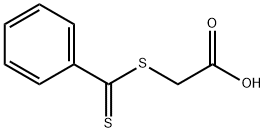
What is 2-(Benzothioylthio)acetic acid?
Chemical properties
DARK RED CRYSTALLINE POWDER
The Uses of 2-(Benzothioylthio)acetic acid
S-(Thiobenzoyl)thioglycolic acid ((thiobenzoylthio)acetic acid) was employed as reversible addition-fragmentation chain transfer (RAFT) agent during the copolymerization of styrene and divinylbenzene. It was also employed as chain-transfer agent for the RAFT polymerizations of styrene, methyl methacrylate and butyl acrylate.
It may be used to synthesize the following:
- N-Thiobenzoyl-DL-threonine ethyl ester by reacting with DL-threonine.
- Thiobenzoic acid O-esters by reacting with alkoxides.
- N-Thiobenzoylamino acids by reacting with amino acids.
General Description
S-(Thiobenzoyl)thioglycolic acid (TBTGA) also known as (thiobenzoylthio)acetic acid is a reagent used for thiobenzoylation. It participates in the transformation of threonine into β-methylcysteine.
Properties of 2-(Benzothioylthio)acetic acid
| Melting point: | 125-127 °C(lit.) |
| Boiling point: | 375.5±44.0 °C(Predicted) |
| Density | 1.379±0.06 g/cm3(Predicted) |
| storage temp. | Store below +30°C. |
| solubility | acetone: soluble25mg/mL, clear |
| form | powder to crystal |
| pka | 2.91±0.10(Predicted) |
| color | Orange to Brown to Dark red |
| CAS DataBase Reference | 942-91-6(CAS DataBase Reference) |
Safety information for 2-(Benzothioylthio)acetic acid
| Signal word | Warning |
| Pictogram(s) |
 Exclamation Mark Irritant GHS07 |
| GHS Hazard Statements |
H315:Skin corrosion/irritation H319:Serious eye damage/eye irritation |
| Precautionary Statement Codes |
P264:Wash hands thoroughly after handling. P264:Wash skin thouroughly after handling. P280:Wear protective gloves/protective clothing/eye protection/face protection. P302+P352:IF ON SKIN: wash with plenty of soap and water. P305+P351+P338:IF IN EYES: Rinse cautiously with water for several minutes. Remove contact lenses, if present and easy to do. Continuerinsing. P332+P313:IF SKIN irritation occurs: Get medical advice/attention. P337+P313:IF eye irritation persists: Get medical advice/attention. |
Computed Descriptors for 2-(Benzothioylthio)acetic acid
New Products
4-AMINO-TETRAHYDRO-PYRAN-4-CARBOXYLIC ACID HCL 4-(Dimethylamino)tetrahydro-2H-pyran-4-carbonitrile 4-Aminotetrahydropyran-4-carbonitrile Hydrochloride (R)-3-Aminobutanenitrile Hydrochloride 3-((Dimethylamino)methyl)-5-methylhexan-2-one oxalate 1,4-Dioxa-8-azaspiro[4.5]decane 5-Bromo-2-nitropyridine Nimesulide BP Aceclofenac IP/BP/EP Diclofenac Sodium IP/BP/EP/USP Mefenamic Acid IP/BP/EP/USP Ornidazole IP Diclofenac Potassium THOMAIND PAPER PH 2.0 TO 4.5 1 BOX BUFFER CAPSULE PH 9.2 - 10 CAP SODIUM CHLORIDE 0.1N CVS ALLOXAN MONOHYDRATE 98% PLATINUM 0.5% ON 3 MM ALUMINA PELLETS (TYPE 73) LITHIUM AAS SOLUTION 2-Bromo-1-(bromomethyl)-3-chloro-5-nitrobenzene 2-Bromo-3-nitroaniline N-(3-Hydroxypropyl)-N-methylacetamide 3-Bromo-6-chloropyridazine 4-ethyl-3-nitrobenzoic acidRelated products of tetrahydrofuran

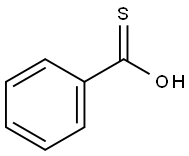




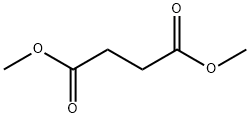
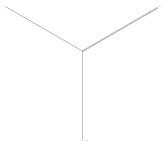
You may like
-
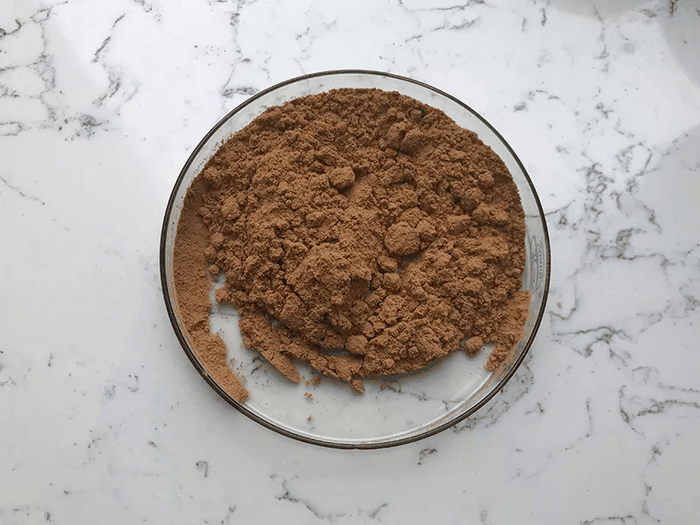 942-91-6 2-(benzodithioyl)acetic acid 99%View Details
942-91-6 2-(benzodithioyl)acetic acid 99%View Details
942-91-6 -
 S-(Thiobenzoyl)thioglycolic acid 98.00% CAS 942-91-6View Details
S-(Thiobenzoyl)thioglycolic acid 98.00% CAS 942-91-6View Details
942-91-6 -
 S-(Thiobenzoyl)thioglycolic acid 98% CAS 942-91-6View Details
S-(Thiobenzoyl)thioglycolic acid 98% CAS 942-91-6View Details
942-91-6 -
 S-(Thiobenzoyl)thioglycolic Acid CAS 942-91-6View Details
S-(Thiobenzoyl)thioglycolic Acid CAS 942-91-6View Details
942-91-6 -
 S-(Thiobenzoyl)thioglycolic acid CAS 942-91-6View Details
S-(Thiobenzoyl)thioglycolic acid CAS 942-91-6View Details
942-91-6 -
 1823368-42-8 98%View Details
1823368-42-8 98%View Details
1823368-42-8 -
 2-(3-(tert-butyl)phenoxy)-2-methylpropanoic acid 1307449-08-6 98%View Details
2-(3-(tert-butyl)phenoxy)-2-methylpropanoic acid 1307449-08-6 98%View Details
1307449-08-6 -
 Lithium ClavulanateView Details
Lithium ClavulanateView Details
61177-44-4
Statement: All products displayed on this website are only used for non medical purposes such as industrial applications or scientific research, and cannot be used for clinical diagnosis or treatment of humans or animals. They are not medicinal or edible.